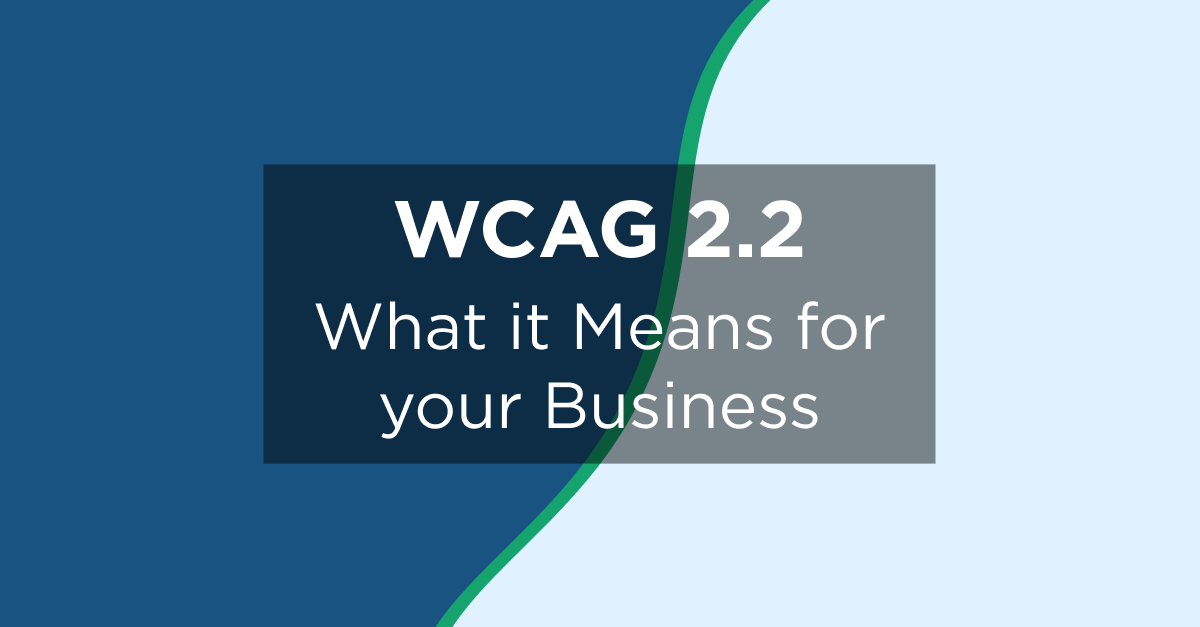On June 13th, 2017, a Federal Court in Florida ruled that American supermarket chain, Winn-Dixie, violated the Americans with Disabilities Act (ADA) by not making their website accessible to disabled users. This wasn’t the first court to determine that not maintaining an accessible website (defined as WCAG 2.0 AA Compliant) violated nondiscrimination laws; a California State Court ruled similarly in 2016. However, it is the first Federal Court to do so, and there are strong implications for other ADA Web Accessibility lawsuits and upcoming DOJ legislative updates addressing web accessibility.
The ruling in Gil v. Winn-Dixie Stores, Inc., Case No. 1:16-cv-23020 (S.D. Fla.), gave credence and legal precedent to the long-used argument that a company’s website should be considered a “public accommodation,” as defined by the ADA, if a “nexus” can be proven between the company’s physical locations and its website (even if they do not sell any goods on the site.) This holds true for most companies providing products and services through websites and apps, and has potential to affect tens of thousands of businesses across retail, financial services, transportation, hospitality, entertainment, etc.
If you are an organization offering goods and services to the public and maintaining a website related to your core offering, you may be at risk. Here are three things to consider in thinking about how the Winn-Dixie case affects your business, and what you can do now to avoid a similar outcome:
1. Does This Affect Me / Am I Compliant?
Regardless of what type of organization you are, this decision has implications that affect your web presence. Many, if not most, organizations have argued that they are not held to any web accessibility compliance by laws like the ADA, and have subsequently been sued and hit with major legal costs. This ruling offers precedence that will inevitably help push legislation to incorporate WCAG 2.0 standards as the benchmark. It is wise to begin planning out your accessibility governance strategy now, rather than face the almost-certain backlash later.
To begin thinking about your organization’s digital accessibility strategy and roadmap, you must first assess how compliant your websites and apps are against the internationally-accepted standards – WCAG 2.0. Many organizations start by using free online tools to assess accessibility on webpages: a good baseline to get an idea of the standards. For an organization with limited IT resources and internal accessibility expertise, it is paramount to get a comprehensive manual audit done by an expert to guide your initial remediation.
2. What Do I Need to Do to Become Accessible?
After initially assessing how compliant your sites and apps are, you need to focus on building an all-inclusive accessibility policy for your organization (complete with accessibility statements on each of your sites and a dedicated customer service channel for users with disabilities who cannot access your sites and apps.)
In that policy, you must outline everything you are doing as an organization to address accessibility, including an estimated timeline for the initiative. Often times, this includes some combination of WCAG 2.0 auditing, user testing validation, design and development training, consulting support, an accessibility testing platform, or another technology platform that creates an accessible version of your sites.
3. What Do I Need to Do to Maintain Accessibility?
There is no finish line for digital accessibility. Even if you’ve strategized accessibility, built out your accessibility policy, completed your initial remediation, and had it all validated as usable by users with representative abilities, your work is not done. Once you reach a point of compliance, any changes to your sites and apps subsequently have to consider accessibility, or you’ll be right back at square one shortly.
To ensure you maintain digital accessibility, you must take steps to fully integrate accessibility into your software development lifecycle and certify that all team members working on your sites and apps stick to it. Regardless of how you go about it, you must continue to address accessibility in perpetuity.
Since the Department of Justice (DOJ) made an advanced notice of suggested legislative changes to the ADA to address web accessibility in 2010, there has been a slow but steady movement towards an accessible web for all, and it is only just beginning. From the DOJ to the DOT to the FCC to the OCR, most legislative bodies have web accessibility on their radar, and most cautious and aware organizations with a web presence do as well. Forward-thinking companies should make sure that accessibility is a top-priority – Winn-Dixie was just the start.

![Winn-Dixie Website ADA Ruling - How it Affects Your Website [Blog]](https://blog.usablenet.com/hubfs/winn-dixie.jpg)



![Web Accessibility Statement: How to Write One [With Examples]](https://blog.usablenet.com/hubfs/188b2e520d5ec29abbb2f6.webp)

